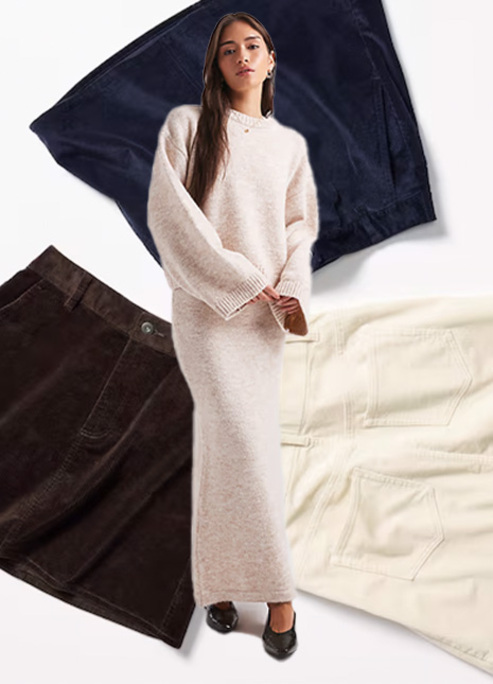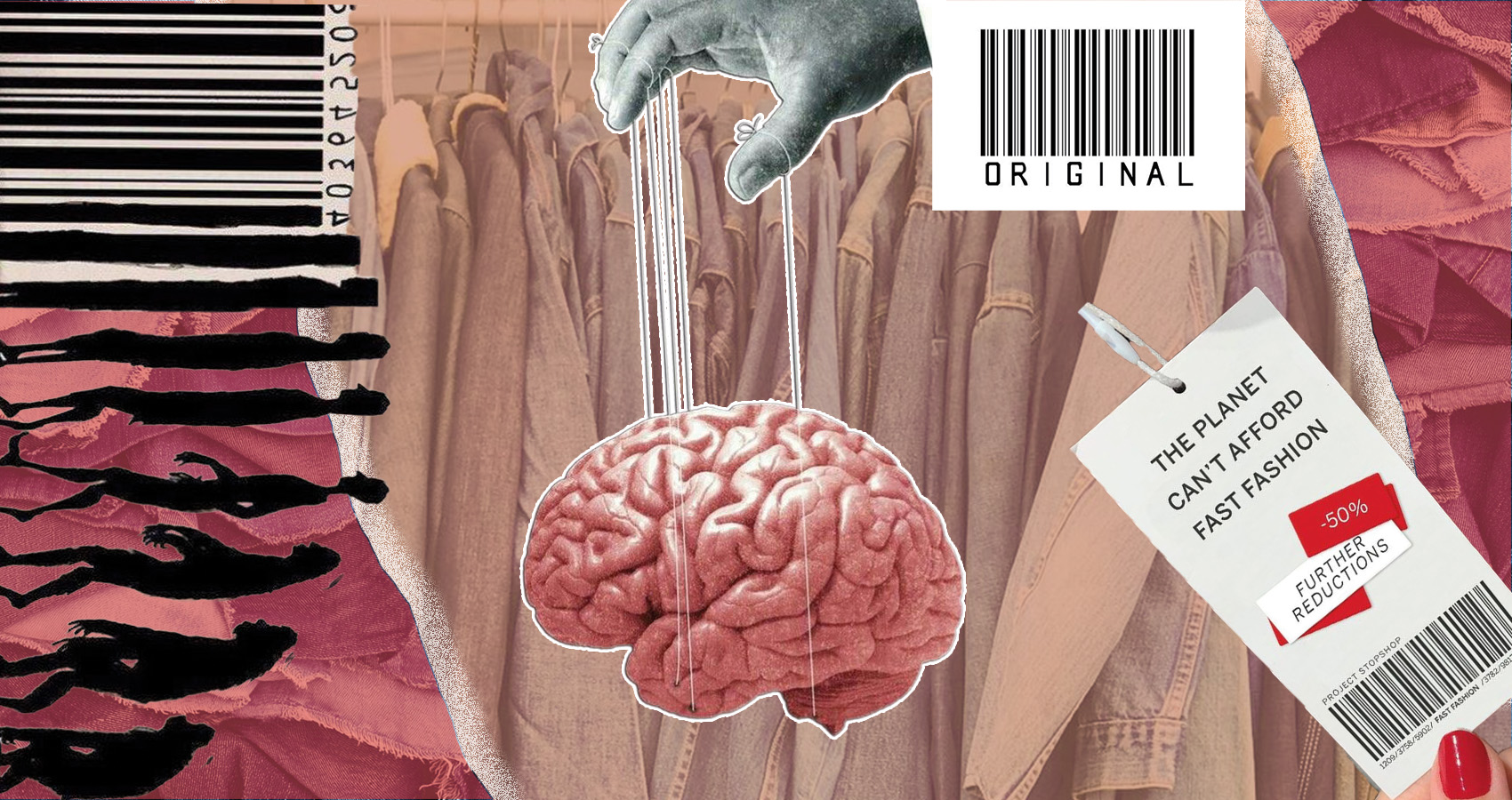
Breaking Up With Thrifting
Thrifting as a lifeline in low-income upbringing.
Growing up in a low-income household, buying new clothes was a foot planted inside luxury. My mother would show up to the local Goodwill, Value Village, or neighborhood clean-out every August to prepare my siblings and me for the new school year to come.
The brightness of a wrinkled Justice t-shirt was enough to erase a classmate’s laughter. An unapologetically pink Victoria’s Secret sweatpants was enough to nurture the pangs left behind by a sense of exclusion. I can still recall the seconds of frozen movement my older sister and I shared before flinging our competing arms at a pair of leather-crafted boots.
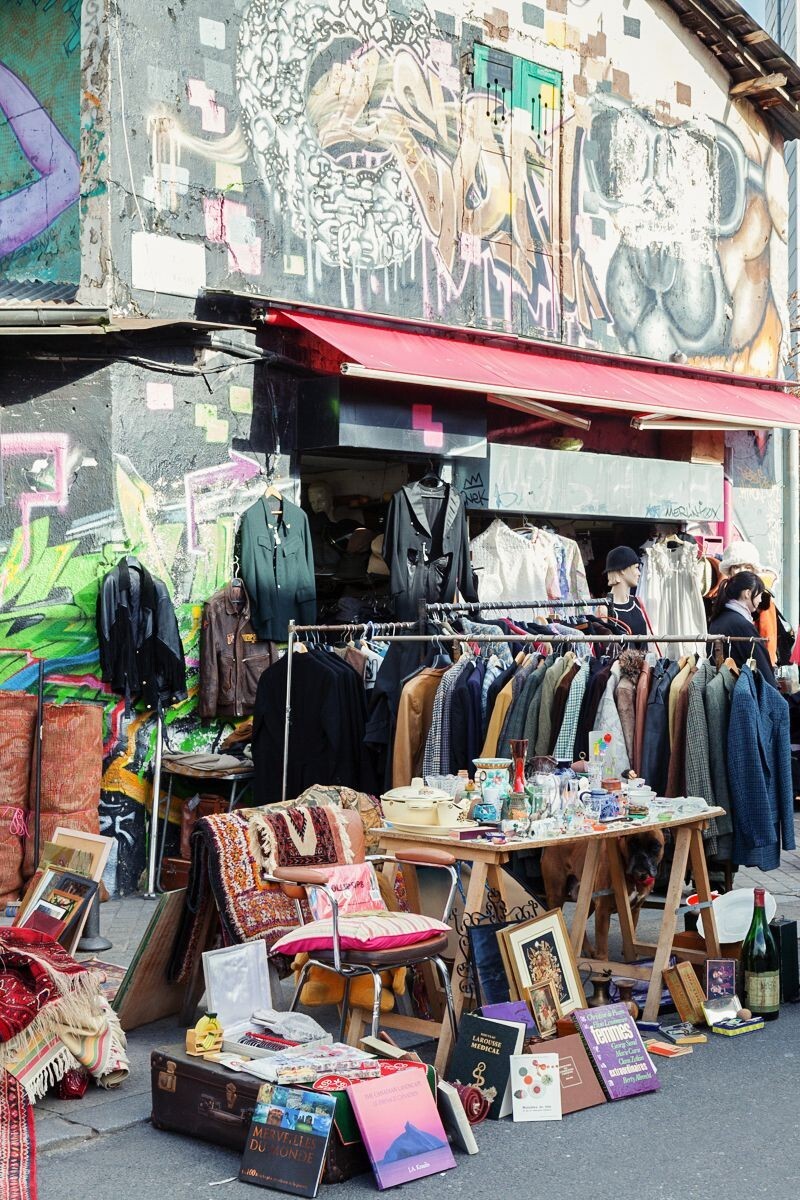
Finding Confidence and Creativity in Secondhand Style
Thrifting allowed us to relate to our peers in a way that didn’t belittle us.
At times, my mother's colleagues would come over and dump the hand-me-downs their children had grown out of at my siblings and I’s feet. An anthill of fabrics, spotted with holes, stains, and grayed. Our disappointed smile lines would come as a surprise to them. We were expected to be grateful for even having clothes; It was unheard of for poor girls to find joy in fashion.
Thrifting disproved this unearned judgment. A mere vision in my head could become a reflection in the mirror. I understood then the magic in creating.
Fashion as a Tool for Self-Discovery
All at once, fashion affirmed my creativity and boosted my confidence. I became a nasty brat, decidedly declaring to my sister that orange and blue were a monstrous combination. I attempted remakes of the dress and jean combinations that were all too common in the 2000s Bollywood films I’d been binging- of which I indeed could not pull off. I learned about myself. I learned to trust my judgement. Fashion became my presentation to the world, and after the first few awkward years of trial and error, it paid off deliciously. I’d get compliments, attention, and validation ranging from strangers at a bus stop to the cute boys in my classes.
From Personal Haven to Trendy Competition
I woke up during quarantine, having learned that the same world that judged my thoroughly worn winter coats and misfitted sneakers was rummaging through my local thrift stores in a gamified trend. The internet became a colosseum of recommendations, micro-trends, and overpriced resales. Thrifting was no longer my little canvas for creativity and belonging. Suburban teenagers would walk in wearing Doc Martens, and I knew I had five minutes before they sniffed the hidden Miu Miu right from underneath my nose. Thrifting became a means for privileged consumers to try their luck. In this process, an accessible community resource became a contest. The act of thrifting became commodified.
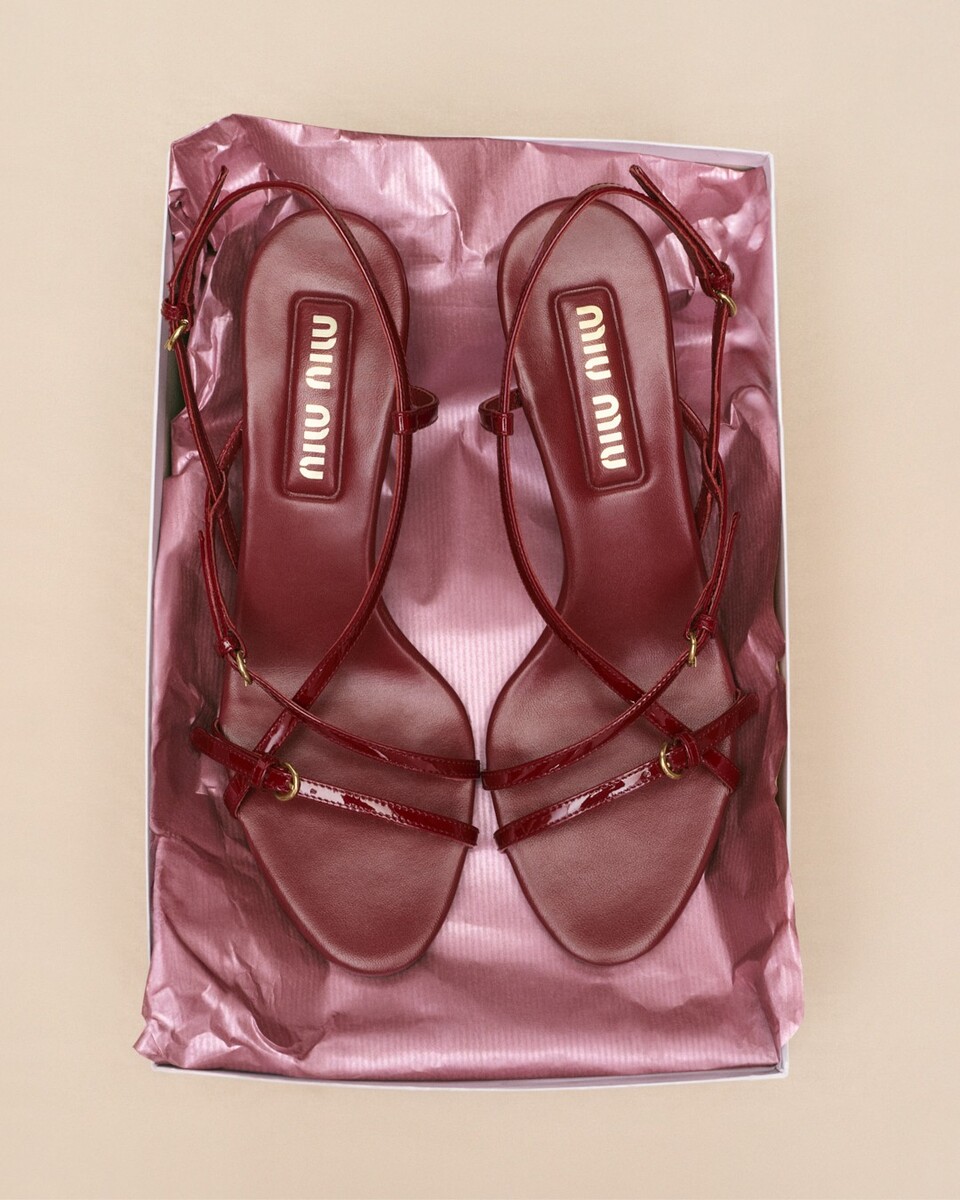
The Commodification of Thrifting
Consequently, thrift store prices steadily began to increase, especially in popular urban areas. A vintage leather jacket was no longer $15 but rather $50. Designer items were quickly identified and placed behind glass screens. A fistful of jewelry was no longer $10.
Depop and the Rise of Secondhand Consumerism
This surge in prices is no more prevalent in none other than in the infamous application, Depop. In my impersonal fashion-lover opinion, Depop is the insidious Wall Street for fashion resellers (I’ve lost many Depop item wars). The prices there have completely corrupted the connivance of buying second-hand.
When Secondhand Isn’t Sustainable
Costs aren't the only reason why thrifting has lost its magic. A part of the appeal of thrifting in my youth was the inclusion that it allowed me amongst my peers. I didn’t feel like I was missing out on trends or fads. In recent years, there has been a shift in fashion discourse that pushes consumers away from high quantity, low quality trendy clothes and redirects them to a closet full of quality, vintage, and locally-made items. Sometime during quarantine, I became hesitant to take a peek at the price tag, because I knew the chances of the item being a fast fashion item was incredibly high. I was still buying Zara, H&M, and even Shein, second-hand. I realized that buying second-hand, although keeping me in the loop of trends and relevancy, meant still consuming overpriced, cheap, and exploitatively generated clothing.
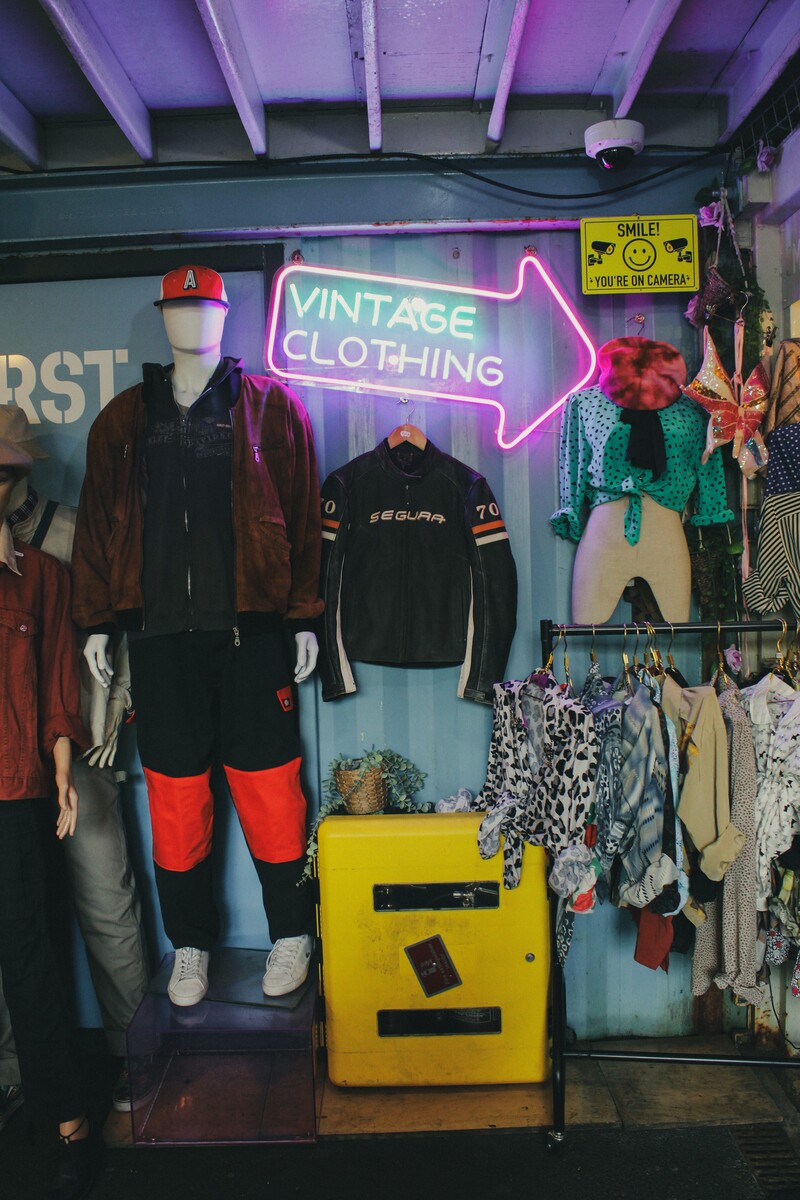
Why I’ve Stepped Away From Thrifting
I haven’t gone thrifting in nearly two years now, and it's high time I admit- thrifting is out. The joys found in the hunt for rare items have diluted and become less common. The environmentalist appeal has been debunked, and the affordability is nearly non-existent. I still practice conscious shopping, but the surest way to enjoy sustainable and niche fashion is simply by consuming less- and creating more at home.





